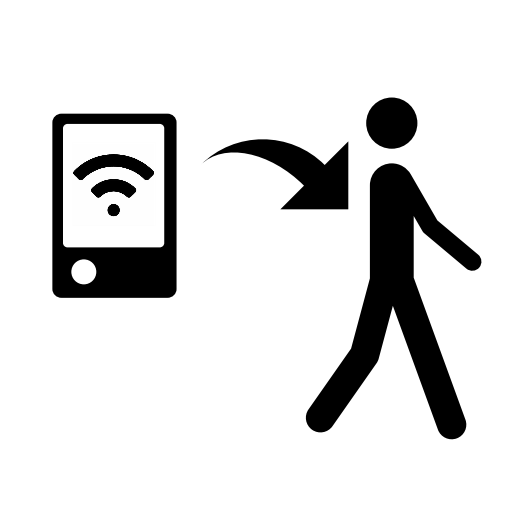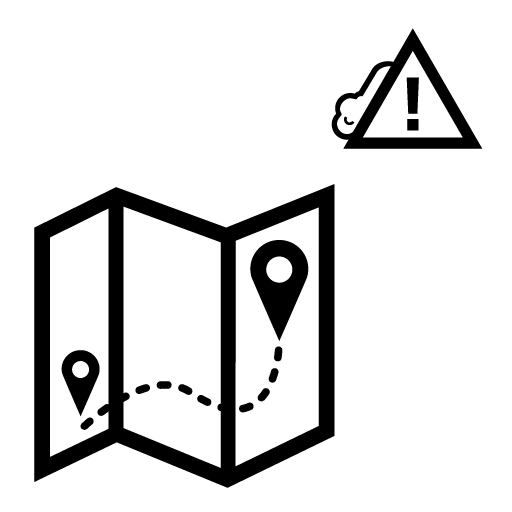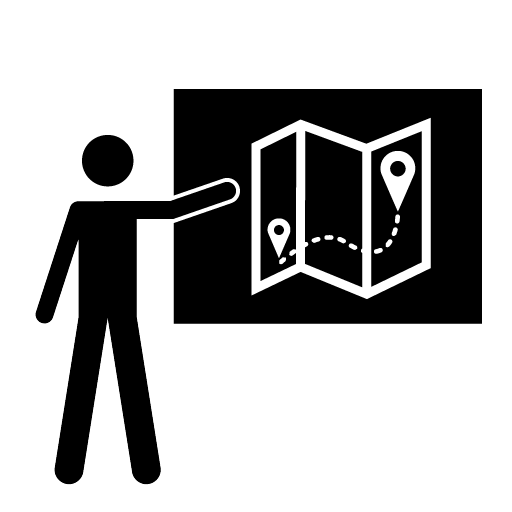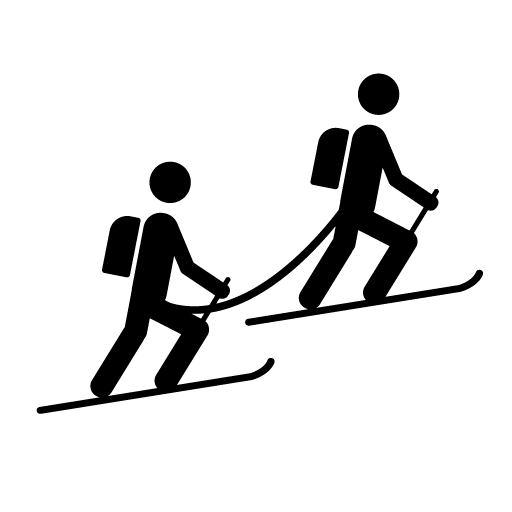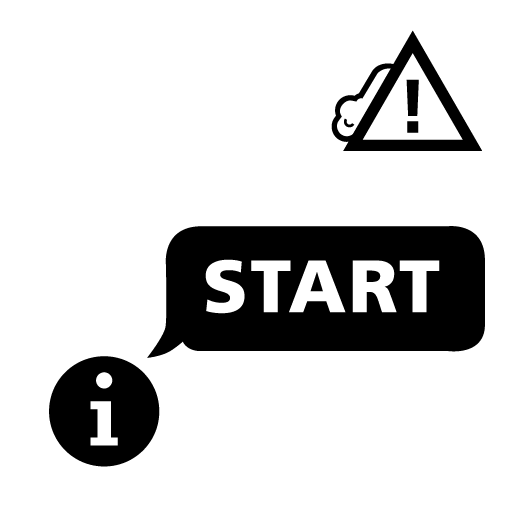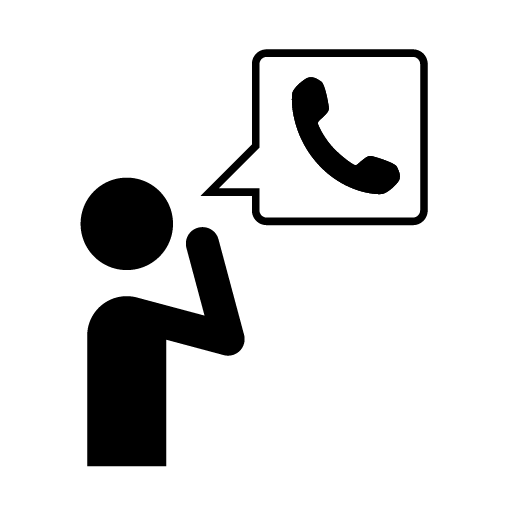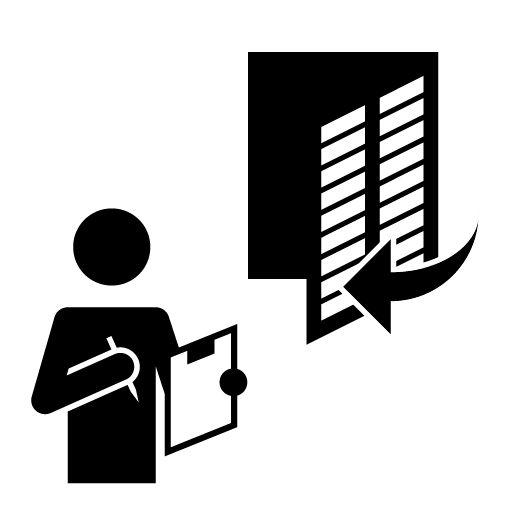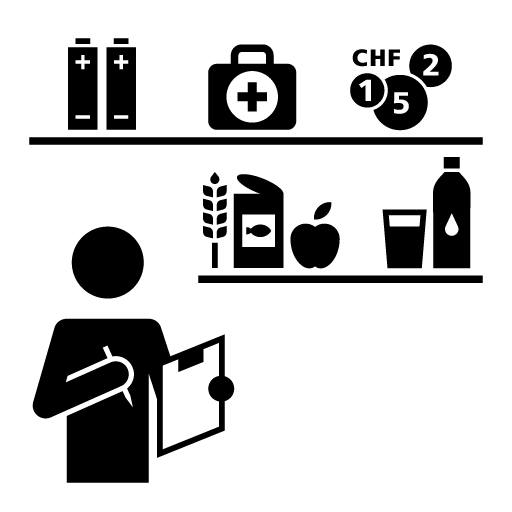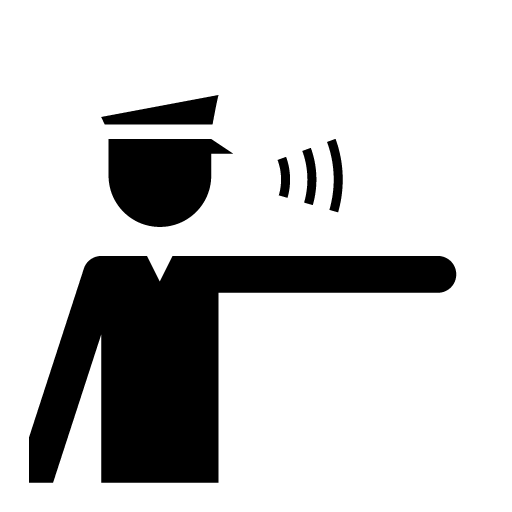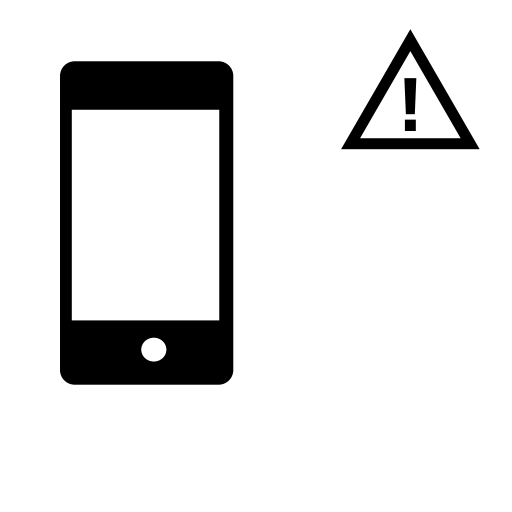Service Navigation
Search
General recommendations before an avalanche
You can prepare yourself for situations in which heightened avalanche danger prevails by taking special precautions. Taking such action can reduce the risk of injuries to people and damages to buildings or other physical assets.
When engaging in winter sports outside controlled areas
If you engage in activities beyond the boundaries of marked and open pistes, or cross-country ski or hiking trails, you are responsible for your own safety. You are exposed to the danger of avalanches and other Alpine hazards and can trigger avalanches yourself. Taking the following measures can help to reduce the risks of an accident.
Along transportation routes and in settlements - Before the winter arrives
Ask the district authority or cantonal natural hazards agency whether the building in which you live is exposed to avalanche danger. If you live in a red or blue danger zone, take the precautions described below before the onset of winter.
Along transportation routes and in settlements - In case of an acute avalanche situation
Any evacuation made necessary by the avalanche danger will be directed and conducted by the local authorities. You can prepare for an evacuation by taking the following action:
General recommendations during an avalanche
Behaving appropriately during an avalanche can save lives.
When engaging in winter sports outside controlled areas
If you are caught in the avalanche:
If you are not caught in the avalanche:
On transportation routes
In settlements
General recommendations after an avalanche
The lives of people buried by an avalanche are in immediate peril. They must be rescued as quickly as possible.

